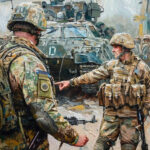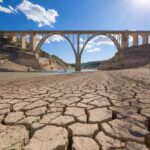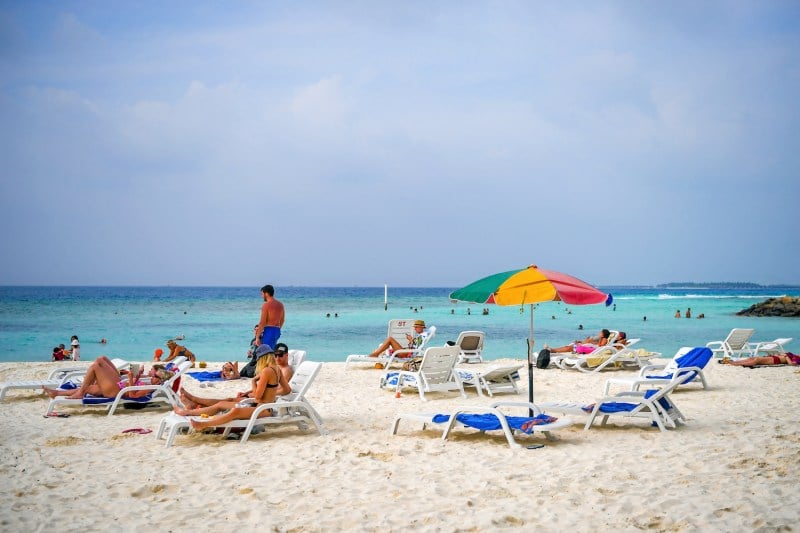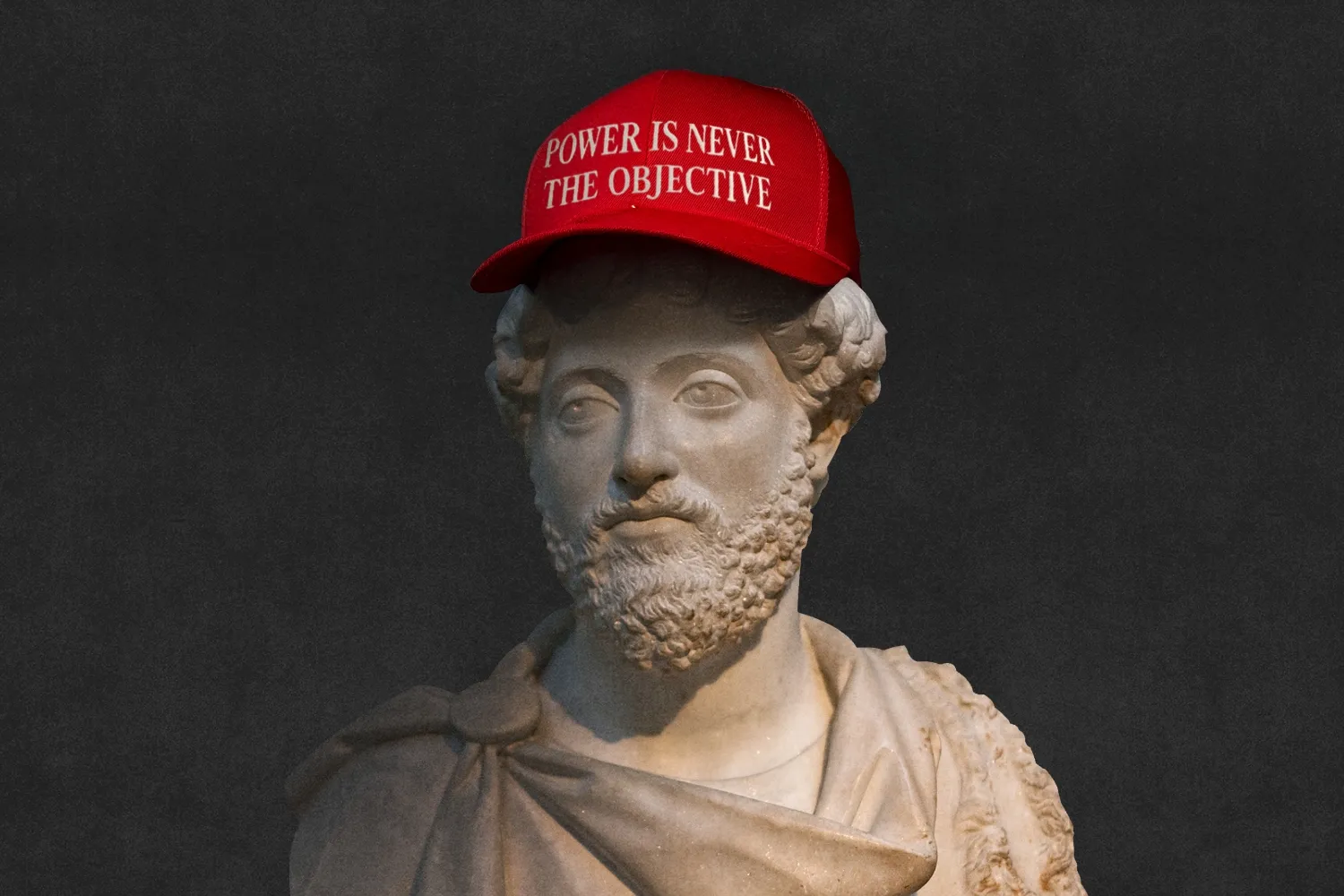Does India Have a Diplomatic Role in Ukraine?

Does India Have a Diplomatic Role in Ukraine?
After Trump and Zelensky’s fiery meeting, New Delhi could find an opportunity to bolster other peace efforts.
Ukrainian President Volodymyr Zelensky and Indian Prime Minister Narendra Modi attend a document signing after their talks in Kyiv on Aug. 23, 2024. Sergei Supinsky/AFP via Getty Images
Welcome to Foreign Policy’s South Asia Brief.
The highlights this week: New Delhi could find a diplomatic opportunity as U.S.-Ukraine relations falter, new data shows an uptick in India’s GDP growth, and student leaders in Bangladesh launch a new political party.
Welcome to Foreign Policy’s South Asia Brief.
The highlights this week: New Delhi could find a diplomatic opportunity as U.S.-Ukraine relations falter, new data shows an uptick in India’s GDP growth, and student leaders in Bangladesh launch a new political party.
India’s Ukraine Opportunity
Last week’s spat between U.S. President Donald Trump and Ukrainian President Volodymyr Zelensky in the Oval Office, along with Trump’s subsequent suspension of military aid to Ukraine, may have been a setback for Kyiv, but New Delhi could find a diplomatic opportunity.
India, because of the nature of its diplomatic partnerships, is one of the few countries that is currently well positioned—in principle—to serve as a mediator in Russia’s war in Ukraine. It has warm ties with the United States and Europe, friendly relations with Ukraine, and, most importantly, a deep and long-standing partnership with Russia.
India has never criticized Russia’s full-scale invasion of Ukraine in 2022. But New Delhi has a strong interest in the war coming to an end. India’s sluggish economy doesn’t benefit, and the longer the war rages, the higher the risk that Russia will grow more dependent on China, India’s strategic competitor. Moreover, a long conflict could wear down Moscow’s capacity to send weapons to New Delhi.
Indian Prime Minister Narendra Modi has repeatedly called for the war to end—a message that he delivered publicly while sitting next to Russian President Vladimir Putin during a regional conference in Uzbekistan in 2022. Modi has also said that he is prepared to help facilitate an end to the war, with a pledge to Zelensky in Kyiv and during a visit to Warsaw last year.
Admittedly, India has compelling reasons not to mediate in Ukraine. It rejects the role of intermediaries in its own conflicts, including its dispute with Pakistan over Kashmir. New Delhi likely wouldn’t want to take on a mediation role unless formally asked, and there may be limited demand: Several European states now appear to be putting together a cease-fire proposal.
India may not want to inject itself into the complex diplomatic dynamic among the United States, Europe, Russia, and Ukraine. Still, India could be helpful in ways that fall short of formal mediation but still bolster peace efforts pursued by the Europeans and others. This can start with Modi using his good offices at upcoming diplomatic engagements.
Modi may meet Putin twice over the next two months. Last December, Modi invited the Russian leader to visit India in early 2025, and a date could be announced soon. Modi also reportedly plans to visit Moscow in early May. Leveraging India’s status as a top buyer of Russian arms and energy, Modi can use both meetings to emphasize to Putin the importance of a settlement.
Modi could then follow up his visit to Moscow with a trip to meet Zelensky in Kyiv, as he did last year. India’s ties with Ukraine are weaker than those with Russia, but Modi’s trip to Kyiv last August was the first such visit by an Indian leader since Ukraine’s independence; he met Zelensky again the next month in New York.
A joint statement after Modi and Zelensky’s meeting in Kyiv spoke of an interest in elevating the relationship from a comprehensive to a strategic partnership. Strengthening ties with Ukraine could help India get Zelensky to take its push for peace more seriously.
Meanwhile, Modi will have opportunities to reinforce his peace pitches to Putin later in the year, when the two leaders will likely both be present at summits for the BRICS group, the Shanghai Cooperation Organization, and the G-20. New Delhi can share the outcomes of any discussions between Modi and his Russian and Ukrainian counterparts during its engagements with U.S. and European partners.
Ultimately, Europe or the United States would likely lead from the front on any outside-driven peace effort in Ukraine. But India can still leverage its advantageous diplomatic position to try to move the needle forward, even modestly, on de-escalating a war that it badly wants to end.
What We’re Following
India releases new growth figures. In what will surely be a relief for Indian officials, new data from New Delhi’s National Statistical Office last week showed an uptick in GDP growth. India’s economy grew by 6.2 percent between October and December 2024, compared to 5.6 percent in between July and September, which fell below economists’ projections.
India cites higher consumption demand as a key factor for the increased growth, suggesting that the public isn’t feeling as stressed about inflation as before. India’s chief economic advisor, V. Anantha Nageswaran, has projected that even higher GDP growth (more than 7 percent) is possible in the coming months thanks to strong export performance and increased government spending.
However, the new data brought some bad news, too. Critical sectors, such as manufacturing, continue to struggle; manufacturing grew by 4.3 percent, compared to 12.3 percent during the same period in 2023. The mining, construction, power, and services sectors also saw reductions in growth, while India’s investment-to-GDP ratio sank to its lowest level in three years.
All this suggests that New Delhi may prod the Reserve Bank of India to lower interest rates to spur more private sector growth; the bank resisted such pressure late last year. Such a move would risk more inflation and public hardship, but Modi’s government—buoyed by its string of recent state election wins—might have sufficient political capital to withstand it.
Inflation falls in Pakistan. Officials in Pakistan also received good economic news this week: Data released on March 3 by Islamabad’s statistics bureau show that the annual inflation rate fell to 1.5 percent in February—a nearly 10-year low. The figure, which was lower than the Finance Ministry’s own estimates, marks the culmination of a yearlong decline. Pakistan’s inflation was at 23.1 percent in February 2024.
The decline comes amid wider macroeconomic stabilization in Pakistan, reflected by larger supplies of foreign reserves and increased exports. The country’s economy was at risk of default two years ago, and the shift provides a much-needed political boost to the beleaguered government in Islamabad.
Yet this stabilization is somewhat deceptive: It is largely driven by recent infusions of assistance from the International Monetary Fund (IMF). Pakistan is still hampered by long-standing problems that keep the economy vulnerable, including the lack of a diverse export base, a low tax base, heavy debt, and poorly performing public corporations.
Pakistan, which recently bought a stake in a BRICS-backed development bank (an initiative intended to serve as an alternative to Western economic institutions), has also signaled its desire to reduce long-term reliance on the IMF. The fund has often provided short-term relief to Pakistan’s economy, but it has also insisted on reforms that Islamabad has resisted for political reasons.
Bangladeshi students launch political party. Young politicians in Bangladesh held a rally in Dhaka to launch their new political party, the National Citizen Party (NCP), on February 28. The NCP will be run by some of the student leaders of the mass movement that forced the resignation of longtime Prime Minister Sheikh Hasina last year.
Some of those student leaders—including Nahid Islam, 26, who will head the new party—have served in Bangladesh’s interim government. The students’ plans to form a new party were known for some time. Those in the interim government likely opposed calls for early elections so that they would have time to build the new party and make it electorally competitive.
The NCP will face major challenges when Bangladesh holds elections, likely at the end of the year. The Bangladesh Nationalist Party (BNP), the main rival to Hasina’s Awami League, can bank on significant resources and patronage in addition to its large support base; it will be the favorite to win.
Still, one of the NCP’s goals is to establish itself as an alternative to the dynastic parties—mainly the BNP and the Awami League—that have dominated Bangladeshi politics since the country gained independence. Even if the NCP doesn’t make a big electoral splash in the immediate term, it could still have a notable and positive impact on Bangladeshi politics.
Under the Radar
On March 3, border clashes broke out between Pakistani and Afghan troops, with each side accusing the other of firing the first shot. The rugged 1,640-mile border, which no Afghan government has ever formally recognized, has been especially volatile in recent years amid Pakistani efforts to fence the border and surges in cross-border terrorism.
This week’s clashes took place on an especially important part of the border—the main crossing at Torkham, which Pakistan closed on Feb. 21 because of a dispute with Afghanistan over the Taliban’s construction along the border. Several troops were wounded in the clashes, and Afghanistan said that one member of its security forces died.
The incident highlights the economic toll of Afghanistan-Pakistan border tensions. The recent unrest reportedly stranded around 5,000 trucks with essential goods on both sides of the border. Even worse, Ramadan has just begun, when demand for food imports tends to increase.
Authorities in the Pakistani province of Khyber-Pakhtunkhwa estimate that the border closure has generated at least $15 million in losses. Authorities in Afghanistan’s Nangarhar province say that Afghan traders have been losing $500,000 a day.
FP’s Most Read This Week
- The Perils of a Reality TV Presidency by Ravi Agrawal
- Trump’s Angry Meeting With Zelensky Prompts Reactions Worldwide by John Haltiwanger
- Read Trump and Zelensky’s Fiery Oval Office Exchange by Anusha Rathi and Christina Lu
Regional Voices
In the Express Tribune, development consultant Syed Jalal Hussain explains why a port development initiative in Gwadar, Pakistan—a key Chinese infrastructure project—has struggled to take shape. “Gwadar’s story … is a reflection of Pakistan’s wider struggle to turn grand strategic ambitions into lasting economic transformation,” he writes.
In Prothom Alo, development worker Parvez Uddin Chowdhury argues that Bangladesh should strive for a plastic-free Ramadan. “Given the growing plastic pollution concerns across the country, can we think of avoiding single-use plastics in the iftar parties this year? It’s not just a consideration but a necessity,” he writes.
A Kuensel editorial lauds a decision in Phuentsholing, Bhutan, to refurbish school furniture. “A good learning environment is not just about textbooks and teachers—it is also about the spaces where students spend their formative years,” it argues. “Schools should not just be places of learning but also spaces where students feel safe, comfortable, and cared for.”
Michael Kugelman is the writer of Foreign Policy’s weekly South Asia Brief. He is the director of the South Asia Institute at the Wilson Center in Washington. X: @michaelkugelman
More from Foreign Policy
-

Samuel Huntington holds his hand to his chin while sitting in an office. Samuel Huntington Is Getting His Revenge
The idea of a global “clash of civilizations” wasn’t wrong—it was just premature.
-

U.S. President Donald Trump meets with Ukrainian President Volodymyr Zelensky at the White House on Feb. 28. The Perils of a Reality TV Presidency
The Trump-Zelensky shouting match is a reminder that international diplomacy was never meant to be carried out in front of billions of eyes.
-

A Ukrainian serviceman trains in the woods near the frontline in Ukraine. Three Years On, What’s Next for Europe and Ukraine?
Nine thinkers on the bombshells coming out of Washington.
-

Donald Trump is seen inside a helicopter at night looking down at a cell phone Trump’s New Map
America’s first post-literate president has only geography to fall back on.









Join the Conversation
Commenting on this and other recent articles is just one benefit of a Foreign Policy subscription.
Already a subscriber?
.
Subscribe
Subscribe
View Comments
Join the Conversation
Join the conversation on this and other recent Foreign Policy articles when you subscribe now.
Subscribe
Subscribe
Not your account?
View Comments
Join the Conversation
Please follow our comment guidelines, stay on topic, and be civil, courteous, and respectful of others’ beliefs.
Change your username |
Log out
Change your username:
CANCEL
Confirm your username to get started.
The default username below has been generated using the first name and last initial on your FP subscriber account. Usernames may be updated at any time and must not contain inappropriate or offensive language.